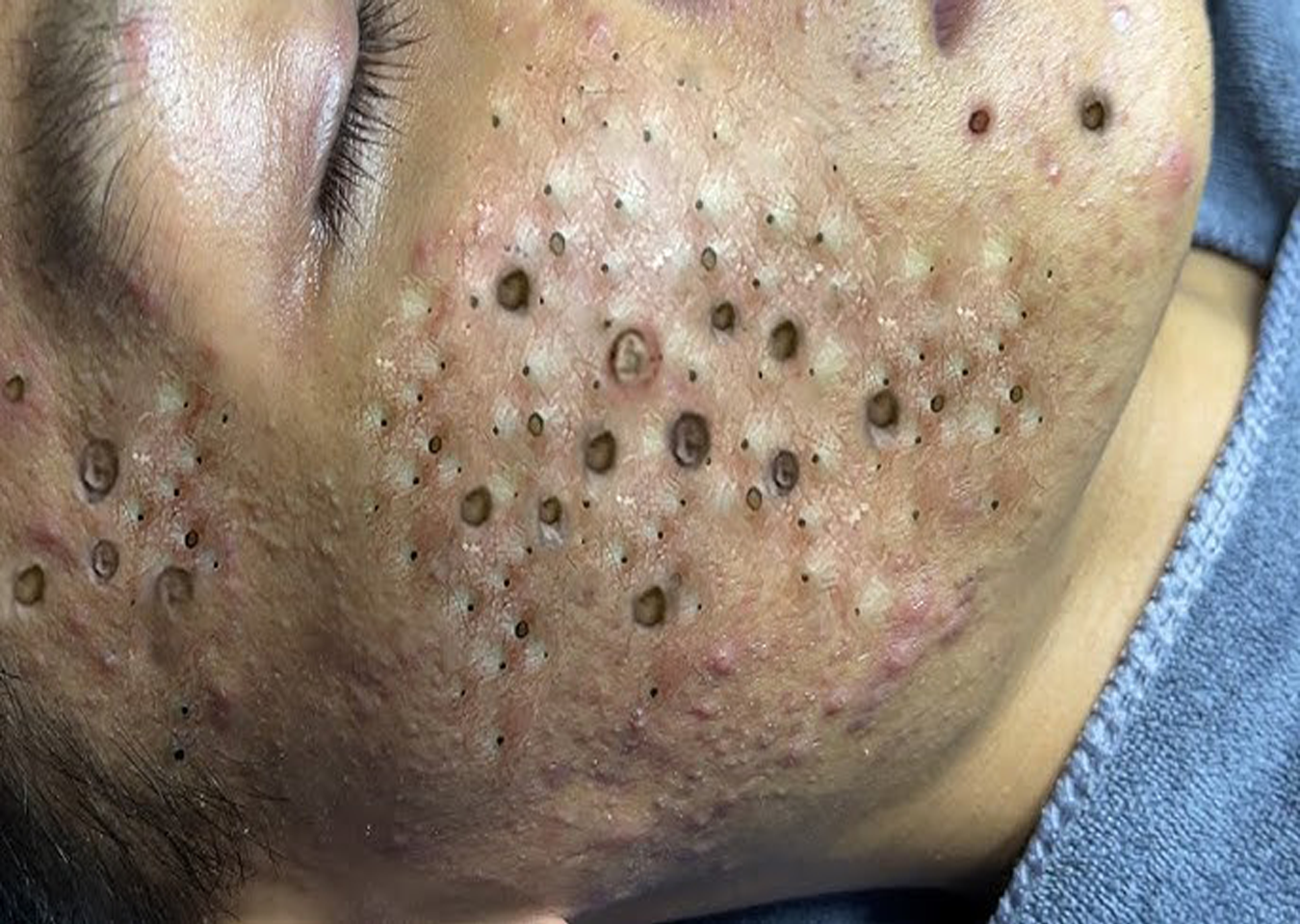Blackheads are a common skin concern that occurs when hair follicles become clogged with oil and dead skin cells. When a blackhead becomes infected, it can lead to noticeable redness, swelling, and localized pain, making early identification essential.
Recognizing the symptoms of an infected blackhead is crucial for preventing complications. These symptoms often include the development of pus-filled bumps, increased tenderness, and a sensation of warmth around the affected area, signaling an active infection.
If left untreated, infected blackheads can progress into more severe skin conditions such as cysts, abscesses, or even scarring. Timely identification and prompt care not only alleviate discomfort but also reduce the risk of requiring invasive medical intervention, allowing for faster and smoother healing.
To treat an infected blackhead at home, start by gently cleansing the affected area using a mild antibacterial cleanser to minimize bacteria buildup. Applying a warm compress for 10-15 minutes can help to reduce inflammation, promote blood circulation, and encourage the blackhead to drain naturally without excessive pressure.
Over-the-counter treatments, including benzoyl peroxide or salicylic acid, can be beneficial in addressing the infection by reducing bacteria and drying out the clogged pore. Avoid the temptation to squeeze or pop the blackhead, as this can push bacteria deeper into the skin and worsen the infection, potentially leading to more serious complications.
If symptoms persist, worsen, or if the infection appears to spread, it’s essential to seek professional advice from a dermatologist. Medical treatments may include prescription-strength oral or topical antibiotics, professional drainage, or other targeted therapies designed to eliminate the infection and promote skin health. By consulting a specialist, you can ensure that your skin heals properly and prevent future occurrences.
